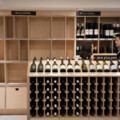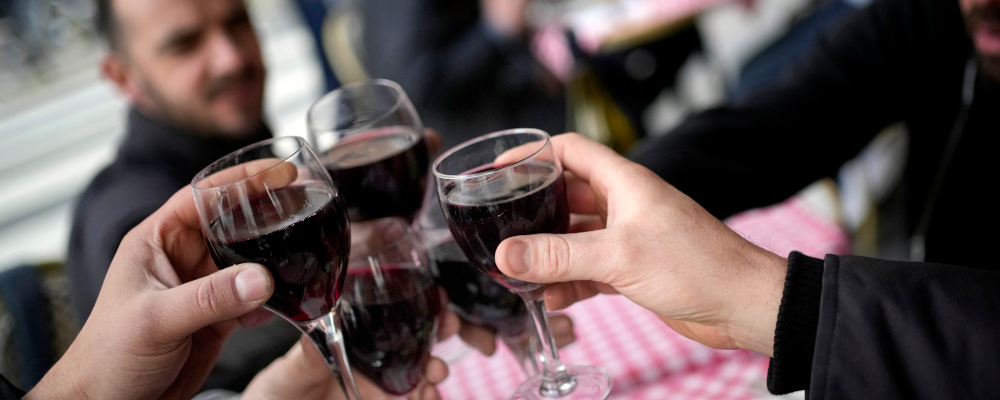Last month Franck Berkulès brought a handful of winemakers to Canada, making a stop in Toronto. Monsieur Berkulès is the communications director for the Comité Interprofessional des Vins de Savoie. The Savoie (Anglicized to Savoy) is one of France’s smaller wine regions that is responsible for less than one percent of the country’s wine production. But it attracts larger attention in the wine world by lieu of its Alpine location near tourist magnets like Chamonix and Mont Blanc, and its relatively exotic mix of indigenous grapes.
Haute Savoie became French in 1860 when Emperor Napoleon III agreed to support the Sub-Alpine Savoia, otherwise known as the Kingdom of Piedmont and Sardinia, in its efforts to unify the fledgling state of Italy. In exchange for letting the Italians be, France got it and the County of Nice. The Savoyards making wine to the south of the mountains, in places like Barolo or Asti would go onto service the capital at Turin and the metropolis at Milan. The Savoyards to the north would be in competition with all the big wine regions of France, and their wines largely stayed put.
If the wines of the Savoie were a well-kept secret for the better part of 150 years, that relative obscurity may be their greatest advantage today. The French Savoyards kept their native grapes and styles of wine, which is right on trend. More than 70 percent of Vin de Savoie production is white wine. The bulk of the white wine is made with Savoyard grape varieties Jacquère, Altesse, Chasselas and the local version of Roussanne, known as Bergeron.
Mondeuse is the local red grape, accounting for 12 percent of production. There are also substantive vineyards of Gamay and Pinot Noir, imports from down the hills in neighbouring Burgundy and Beaujolais. And a tiny amount of the rare and exotic Persan, which is slowly being revived.
The Savoyard also make sparkling wine: Crémant de Savoie AOP. The blend must be at least 60 percent made of indigenous grapes, and at least 40 percent of that must be Jacquère. Up to 20 percent can be made up of red grapes. Though sparkling wine only accounts for 2 percent of production, it’s on the rise, and being made largely in a crisp and bone-dry style.
At the Toronto tasting, before my colleagues and I went from table to table to taste the wines, Monsieur Berkulès led us through an overview of the region. As one might expect in the Alps, there are varying, and sometimes quite high vineyard elevations. There is limestone in much of the soils, but also erratic glacial deposits scraped off of the mountains.
Most of the Vin de Savoie AOP wines are classified by the general appellation. However, like much of Europe, it gets more complicated. Within the general AOP there are 17 Villages, or specific geographical indications that can be (and almost always are) printed on the label. There is also the best known Savoyard appellation: Roussette de Savoie AOP, which (of course) also has its own four sub-appellations, named after vineyard sites. Rousette is somewhat confusingly always a white wine, made from 100 percent Altesse grapes.
As the crow flies, it’s just 233 kilometres, or 145 miles, from Nice on the Mediterranean to Chambéry, the historical capital of French Savoy. Although the Savoie wine region is in some of the world’s most sought-after ski country, it can get quite hot in the summer, with average July and August temperatures in the mid to high 20s and record highs in the high 30s. Though the mountain nights can be quite cool, with average summer lows in the mid-teens.
At the tasting, the white wines made with Jacquère and/or Altesse tended to be crisp and mineral, though generous with citrus and stone fruit notes. Alcohol ranged from 11.5 percent to 13 percent. Vinification was almost always in stainless steel. The exception was three wines made with Roussanne, two from Domaine Berthollier, and one from Maison Perrier. They were closer to something from the Southern Rhône or Languedoc. At 14.5 percent, it was big and round and concentrated with tropical fruit notes.
The star of the reds also came from Domaine Berthollier, their 2020 Persan Arbyolâ. None of the colleagues I spoke to at the small tasting had tried wine made from this grape before. 2020 was the first year wine was made from the 27 acres of Persan vines planted a few years before, and the bottle in Toronto was one of the very few left in the possession of the winery.

At 12.5 percent alcohol by volume, it was a light and perfumed wine with red fruit notes like raspberry and then a full finish going into darker fruit like cherry. It was great fun, and its success bodes well for those who wish to replant and re-establish Persan as a standard grape in the Savoie. At this point, anyone making wine from Persan is engaged in a labour of love, and I suspect any Persan spotted on a wine list is worth trying.
The other red wine of note at the tasting was made with Mondeuse. The Maison Cavaillé Monduese Arbin 2021 was dark and brooding, with a wonderful concentration of dark cherry lifted by a seasoning of white pepper on the finish. This wine wants mountain food, reads my note.
The wines at the tasting were priced for export at roughly $30 to $50 retail. The Vins de Savoie we see in Canada tend to be privately imported and sold to restaurants; look for them on the lists that are heavy on French regional wines. Or, in restaurants that serve fondue or Raclette.
I have seen the occasional bottle of Roussette pass through my provincial liquor retail monopoly, but it’s a rare siting. It’s fun to test something new when it’s well made and the people making the wines are excited to share their heritage with a new audience. Let’s hope we see more Vin de Savoie in Canada going forward.
Recommended for You

Malcolm Jolley: The comfort of familiar favourites—or the fun of finding new wines?
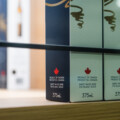
Malcolm Jolley: An ‘Elbows Up’ wine project everyone can get behind
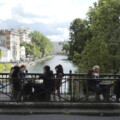
Malcolm Jolley: Need some summer wines? Look no further than the food-friendly, low-sugar sippers of the sunny Southern Rhône
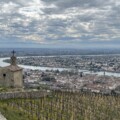
Malcolm Jolley: Need a date-night drink? French Northern Rhône wines are worth the investment
